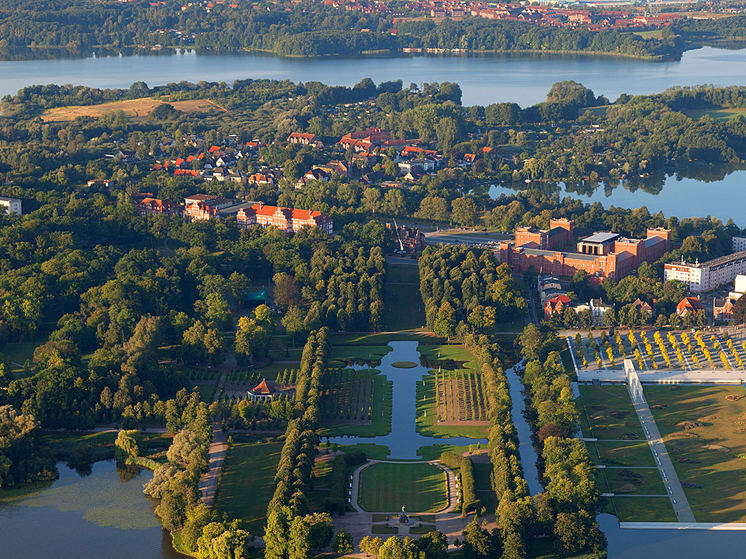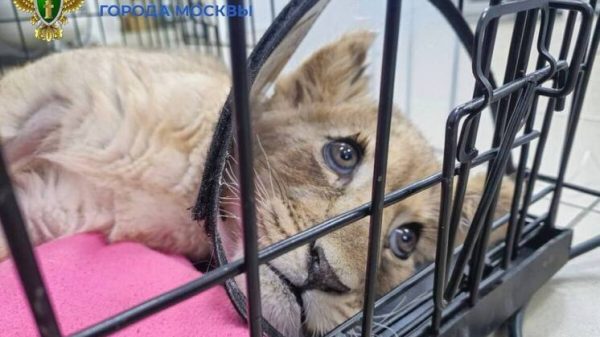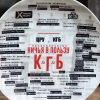Archaeologists have found seven Bronze Age swords
In Germany, volunteer archaeologists have excavated the largest treasure of Slavic coins and seven Bronze Age swords to date.

Volunteer archaeologists discovered seven Bronze Age swords and 6,000 silver coins 11th century in the northeastern part of the German state of Mecklenburg-Vorpommern.
Arkeonews reports that volunteer archaeologists involved in conservation were combing the area in Mecklenburg-Vorpommern when they discovered metal fragments, the state ministry of science, culture, federal and European affairs said in a press release.
Seven swords were found in fragments near Mirow (Mecklenburg Lake District). Scientific dating has shown that the swords date back to the Bronze Age. Their age is estimated at about 3000 years.
Archaeologists assembled the fragments into seven swords, the press release said. A photo posted by the ministry on social media shows ancient weapons.
The swords were likely left in the lowlands as ritual or sacrificial offerings, officials said. While such deposits of valuable objects are not unusual, so many Bronze Age swords have never been discovered in one location in Mecklenburg-West Pomerania.
Seven swords were found in fragments near Mirow (Mecklenburg Lake District). It can be assumed that they rose to the surface some time ago when the trench was being dug, and were scattered over a larger area along with the excavated material. Researchers carefully studied individual fragments, which made it possible to assemble the swords almost completely. The restoration was carried out jointly with an excavation technician from the state department of archaeology.
Volunteers also discovered two other groups of finds, both dating back to the 11th century, in different areas of Mecklenburg-Vorpommern, according to the press release.
A collection of 6,000 silver coins was discovered on Rügen, officials said. The find is the largest post-war Slavic coin hoard to date.
The coins were mostly found in a clay pot, but some were scattered nearby. The coins came from a variety of places, including West Germany, England, Denmark, Hungary and what is now the Czech Republic, the press release said.
Archaeologists said the variety reflects 11th-century trade relations.
Volunteers in the Mecklenburg Lake area also discovered 900-year-old reliquary containers containing religious items. The pot containing approximately 1,700 coins contained neck and finger rings, a pearl necklace (with gold beads, rock crystal and carnelian) and two reliquary vessels that can be interpreted as evidence of the Christian faith. It was said that this in turn was unusual in an area that at the time was still largely characterized by different beliefs.




















































Свежие комментарии